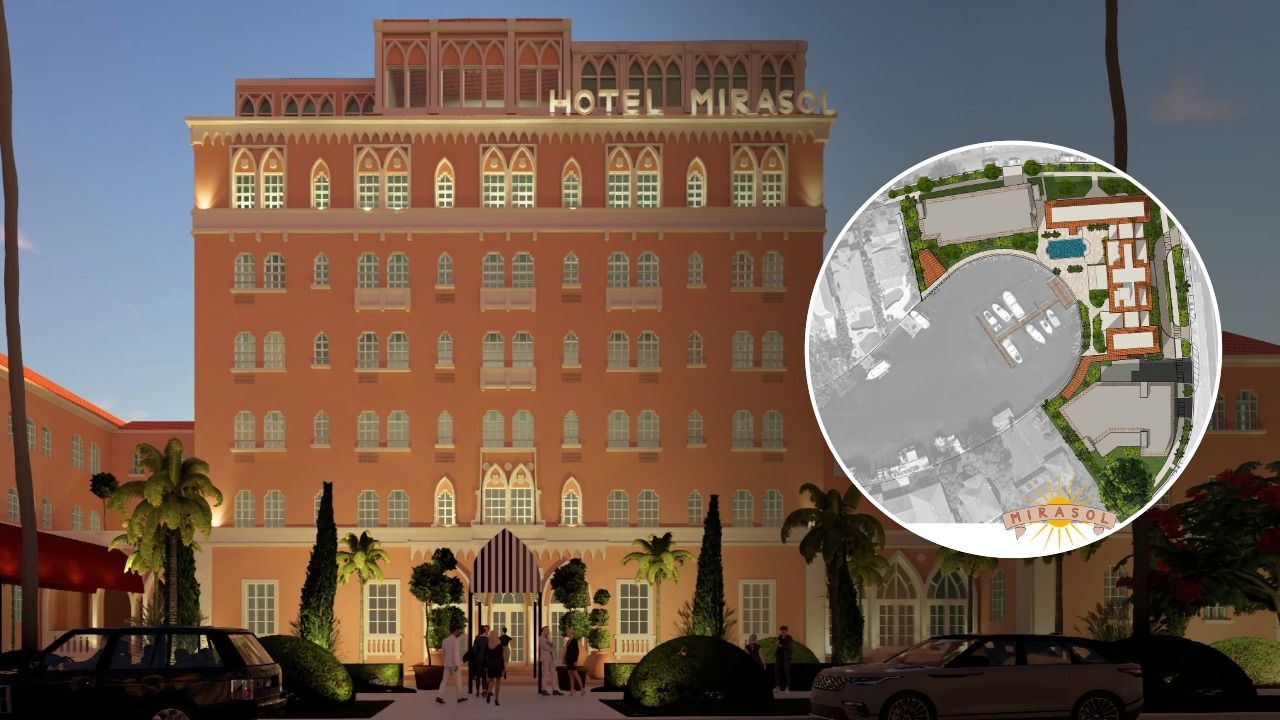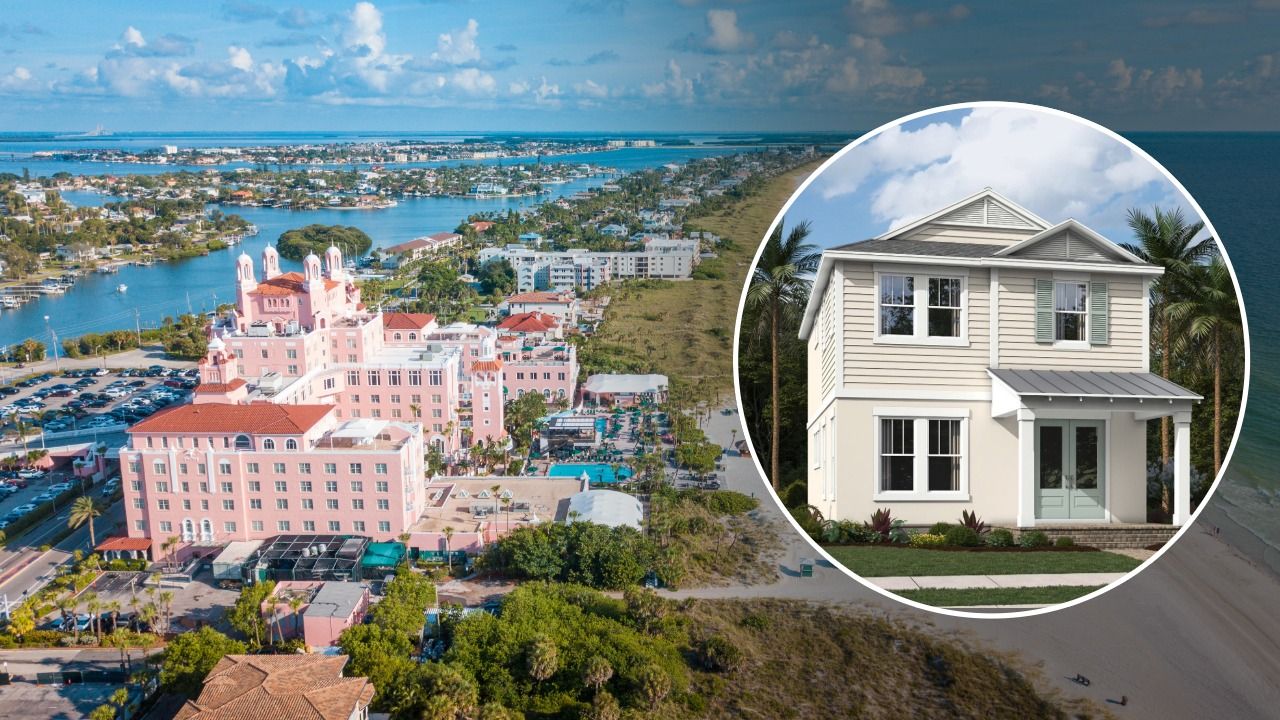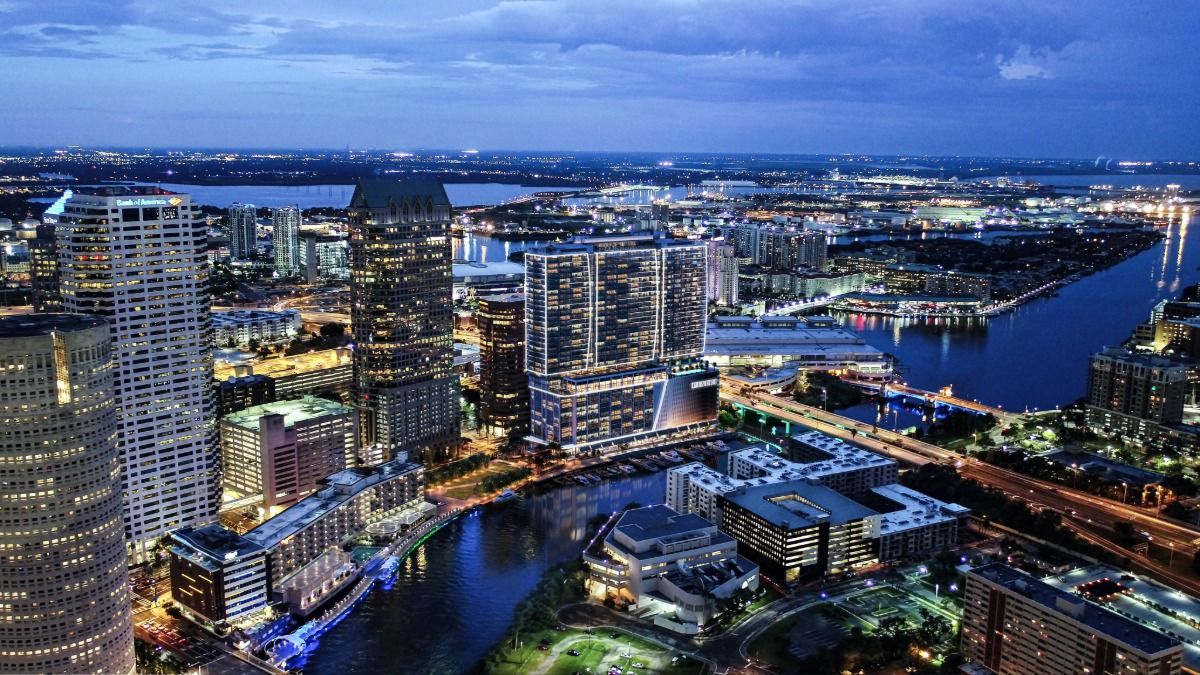The law of demand states that as the cost of a product rises, the quantity of demand falls. This concept goes further into the consumer psyche in explaining that when the cost of complementary goods go down, the demand for their complements go up. The free peanuts at the bar are designed to stimulate enhanced demand for ancillary products that provide higher margins than the free peanuts.
While real estate may differ from beverages, the core concepts of economics hold true. Over the course of the last five years, we have seen drastic cap rate compression for most commercial real estate asset classes and unprecedented value increases within the residential space. Census data reveals that from 2019 to 2022, the average home sale price in the United States rose by 47%. This rapid rise was caused by income/job growth, the desire for suburban housing fueled by COVID-19, but predominantly because of the cheap cost of capital. As the price of a good goes down, the demand for its compliments rises.
When you could lock yourself into interest rates that were generationally low, the demand for housing rose, which enabled sellers to achieve higher sale prices. CNBC reveals that in October 2018, the 30-Year Treasury, which is the main index for residential leverage, hovered around 3.3% to 3.4%. In August 2020, the 30 Year Treasury hit 1.19%. These rates remained low as the Federal Reserve incentivized liquidity with lower reserve requirements, cheap Fed funds rate and an aggressive purchasing of treasuries, lowering their yields. While this period of expansionary policy and a low cost of capital was beneficial for consumers, policy always changes.
In 2022, the Federal Reserve made it clear that the aggressive approach of getting liquidity in the market to counteract fears during COVID-19 was a thing of the past. These efforts not only caused an oversupply of money in the economy but also, an overleveraging of numerous banks of all levels. As a response to the inflation that the expansionary policy caused, the Fed decided to raise the Fed funds rate seven times over the course of 2022. Most recently, the Fed funds rate was increased by an additional 25 basis points, in March 2023. The rise of the core of capital source financing has had drastic ramifications on borrower capabilities, as well as on the capital sources who had outstanding notes tied to the lower rates.
Banks such as SVB and Signature overleveraged themselves at low costs, redistributing this capital in the forms of direct loans or the purchasing of bonds. Since interest rates have risen so aggressively, the forecasted interest rates implemented to gauge how prepared borrowers would be to refinance out of their loans at maturity have blown out beyond what the lenders were stressing the loans to. As a result, the properties have become unable to support a proceed figure sufficient to pay off the outstanding balance and are therefore, underwater. The combination of the Fed raising lending rates, banks raising rates to ensure sufficient liquidity to cover a run on their deposits and the inflation rate not hitting the Fed’s target, the 30-Year Treasury rose all the way to 4.34% in October 2022.
The influence of the rising cost of capital has resulted in the repositioning of many would-be home buyers to the rental market, not wanting to lock in their mortgages at a rate beyond what was months ago. The other catalyst has been this idea of negative leverage. It is very difficult to justify the purchasing of a home when capital costs have risen but prices have not, yet, truly realized this drastic uptick in rates.
Sellers who flirted with the idea back in 2020-21 are not dropping values to the same levels of interest rate increases, despite economics telling them that if the cost of capital goes up, the cost of your home must drop to counteract the reduction in demand caused by the higher cost of capital. Census data reveals that from 2022 to 2023, the average price of a sold home in the U.S. reduced by 20%. This drop in demand is drastic and reveals the influence that a higher cost of capital has on homebuyer demand but interest rates have risen by three times since the low in August of 2020. While interest rates and home prices will never move perfectly inversely, there is no doubt that rates have risen to a disproportionate level to the drop in home prices, causing a massive repositioning of potential homebuyers into the rental market.
It is difficult to justify the purchasing of a home in this environment. While the value of doing so allows you to build equity into a finite asset, many have decided to rent for the time being and wait for interest rates to stabilize at lower levels. The higher demand for rentals is evidenced by the massive increase in the median effective rent in the U.S. from 2020-22. According to rent.com, from December 2020 to December 2022, the median effective rent throughout the nation increased by 20%. The demand for rentals going up, due to negative leverage, is underscored further by Census data that reveals that in May of 2022, which saw a median rental increase nationally of 17%, vacancy had dropped by 100 basis points. This demand to rent, despite higher rental costs, shows that the detriment of leasing at a higher cost seemed less than the detriment of purchasing a home at a premium, especially with the expensive capital.
The caveat to the argument that you shouldn’t lock yourself into expensive leverage and just lease at a premium while you wait, is that refinances permit you to either realize the equity that has been built into the home or restructure payments to be coinciding with cheaper capital. The positive component of amortizing the loan over 30 years is that there is a lot of time to adjust financing and achieve benefits related to market conditions. For commercial real estate, the locking into an expensive rate is more detrimental, for a borrower must pay expensive prepayment fees if he/she refinances before the termination of the penalty period. Most commercial real estate loans are structured around 10-year terms with prepayment penalties up to 9.5 years. It becomes very difficult to exit your existing terms and position behind more desirable rates when there is a massive cost for doing so for most of the loan.
However, for most residential real estate mortgages, there is a prepayment penalty, but it is usually only if it is refinanced in the first five years of the term. Most residential real estate loans are positioned behind 30-year terms, so exit flexibility is a lot more conducive, giving borrowers more freedom to realize growth or put more money in their pockets annually. Even if you, as a borrower, are using capital that is expensive, you are only locked in for a small portion of the life of the loan.
Experts believe that the desire to rent will only increase as market volatility remains high. All signs point to continual contraction in policy by the Fed, leading to higher costs of capital as news points to high inflation. In this high-interest rate environment, however, the repositioning of many to the rental market will only continue to drive rents up. Such high rates, coupled with inflation, make it difficult for new supply to come online. Eventually home buying demand will return; the question is, will it be because of the rising detriments of rental rates, the eventual dropping of interest rates, or the proportional fall of values to coincide with the high-interest rates?♦
Shahid Jafri is the founding principal of Jafri Group, a holding company with selective LP investors. Through lead portfolio company Jafri Capital, a commercial real estate intermediary, the firm is maintaining its New York roots while expanding to Florida’s west coast through its strategic relationship with Lynx Mortgage Bank Commercial Division. Other portfolio companies within Jafri Group include the Jafri Journal, a real estate media company, and JapCap, a property technology company.













